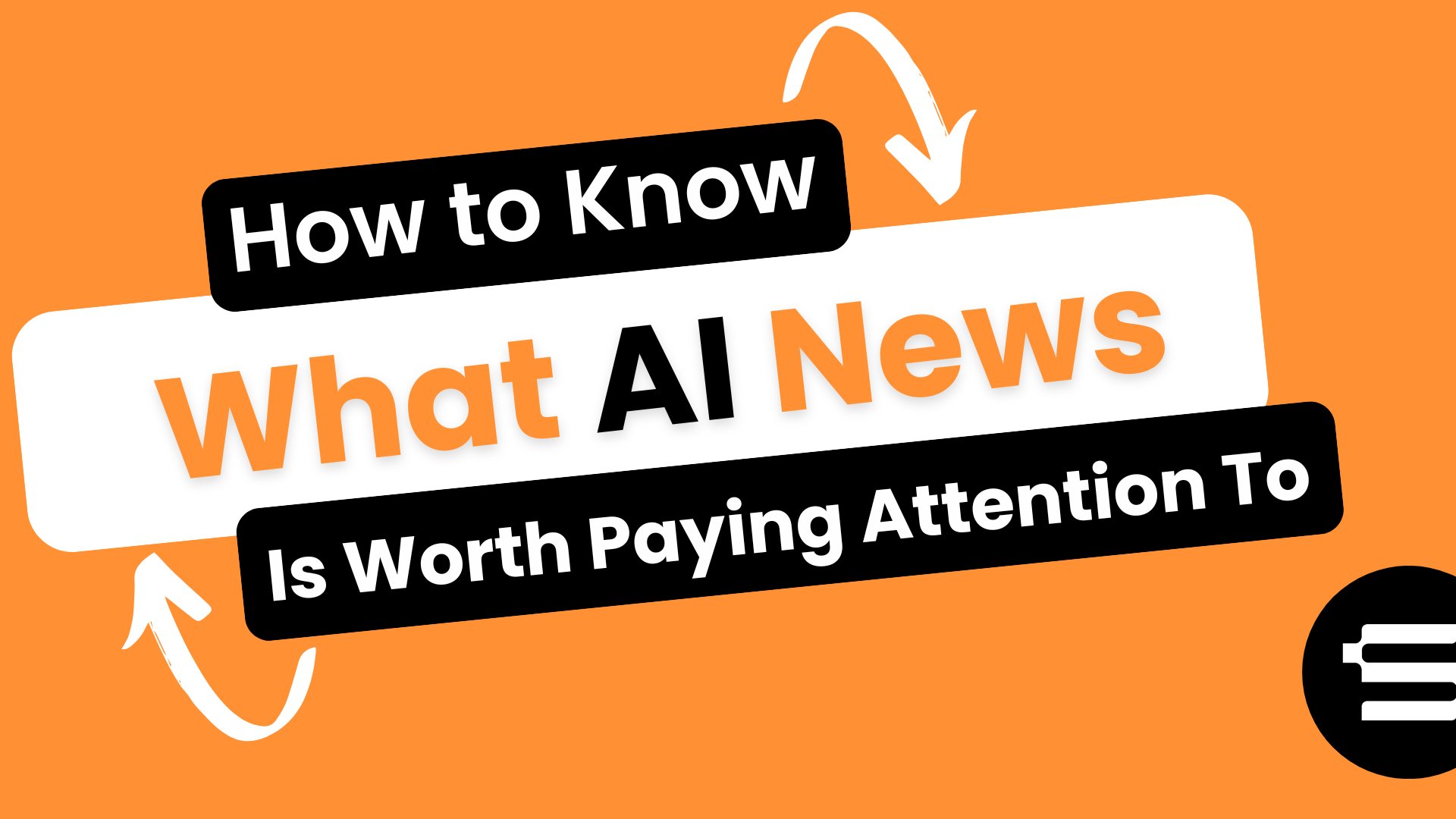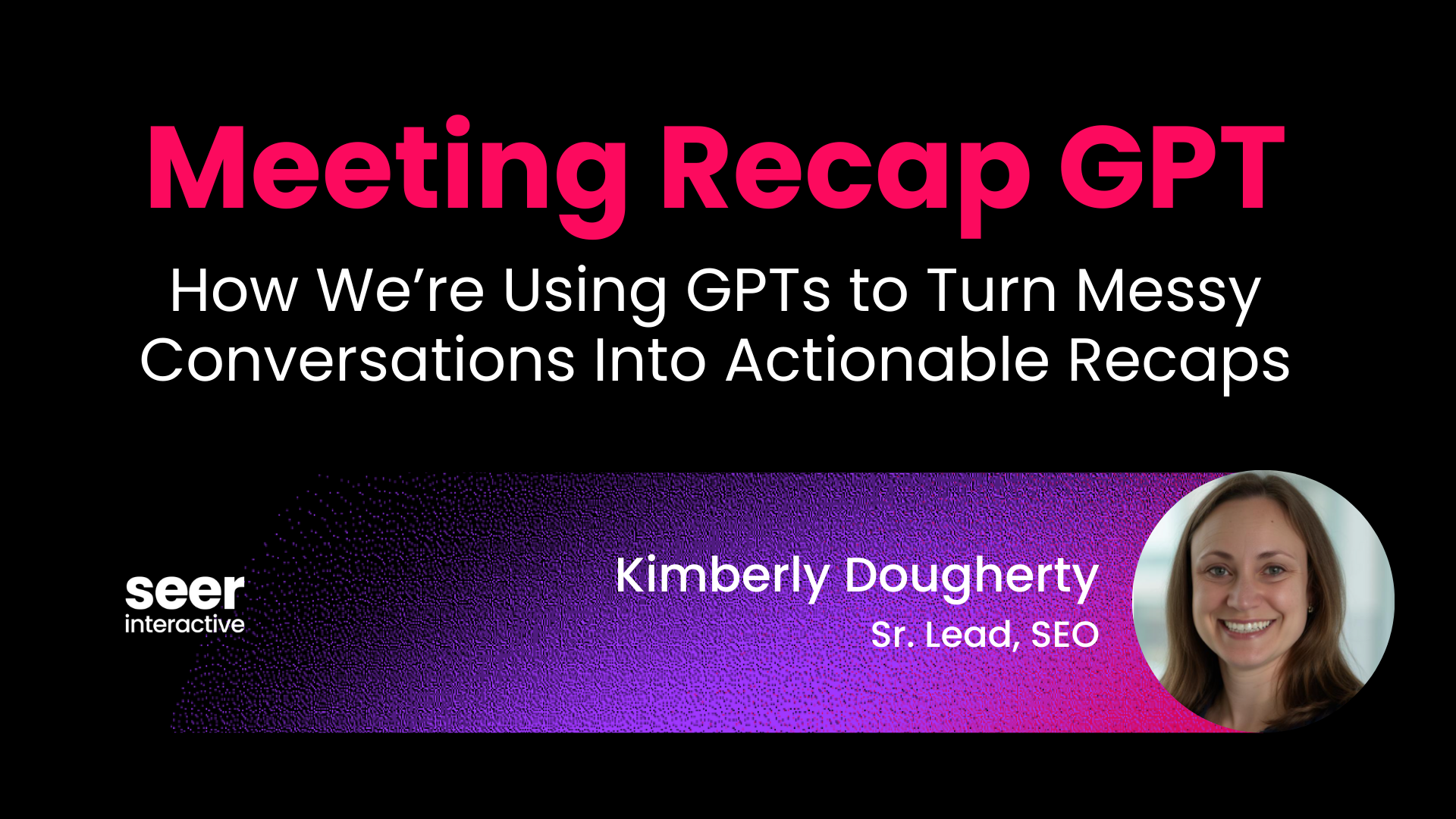As the Community Impact Lead at Seer Interactive, I might seem like an unlikely candidate to integrate AI into my work. I’m not doing the nitty gritty work of SEO or deep diving into analytics. . Most of my work involves engaging our team in volunteer activities and looking for avenues to make financial gifts. There’s also the face to face interactions with community partners, such as visiting sites in person. I’m sure as I learn more about AI’s capabilities, I’ll find other ways to integrate it into my work, but there has been one main way that I’ve been able to leverage Chat GPT: to better clean up and synthesize my data between programs.
The Problem: Moving Data Between Two Record Keeping Systems
At Seer, we track all of our time, including volunteer hours. During my time here, we’ve used two different systems for time tracking. Separately, we use a corporate volunteer software called Bright Funds, where, amongst other things, we use it to categorize all of volunteering. So while, Wrike, our time tracking system, can tell me how many volunteer hours (down to the second) a team member has done. Bright Funds can tell me how many of those hours were done at homeless shelters vs food banks, etc. When we rolled out Bright Funds, we opted not to have our team members track their volunteer hours in Bright Funds instead of Wrike. Team members are already tracking everything in Wrike, it seemed like we’d be duplicating efforts and compromising accuracy to have folks track in two places.
Instead, I move hours over manually, from Wrike to Bright Funds. While, in theory, this is a great idea, in practice, it takes some time! Our team does a lot of volunteer hours! As our volunteer hours increased, so did the time I spent on this.
Enter ChatGPT and a Time Saving Solution
Much of the time it took me to move volunteer hours from Wrike into Bright Funds was spent on manipulating Excel data from a Wrike Export to get it into the correct format to upload into Bright Funds. The Wrike export contained rows of data that were insignificant to me and data was organized by person. For Bright Funds, I needed volunteer entries organized by organization. There were also smaller things that were just annoying and time consuming like rounding time spent to the nearest .25.
I started to play around with ChatGPT to see if I could create prompts that would help me manipulate the data the way I wanted. At first, it was definitely trial and error. Some prompts worked well! Others did not get me my desired result. There were several missteps. Finally, I was able to string together enough prompts to convert my export to my desired format in just seconds! My final step was creating a custom GPT with these prompts.
Custom GPTs and PB&J
While crafting my custom GPT, I often thought back to the elementary school activity that teaches children instructional writing. Children are often taught this skill by being asked to write down step by step, how to make a peanut butter and jelly sandwich. Then, the teacher will follow the directions to check the child’s accuracy. Building a custom GPT was just like this. It was very easy to initially overlook a small step that was crucial for success (just like a child forgetting to instruct their reader to unscrew the peanut butter jar!) Remembering the PB&J activity helped me make sure I didn’t skip a step. Since creating this custom GPT, I’ve created several others to help me manipulate Wrike export data for other uses.
Are you using ChatGPT for your community impact programs? We’d love to hear about it from you! Drop us a line.


